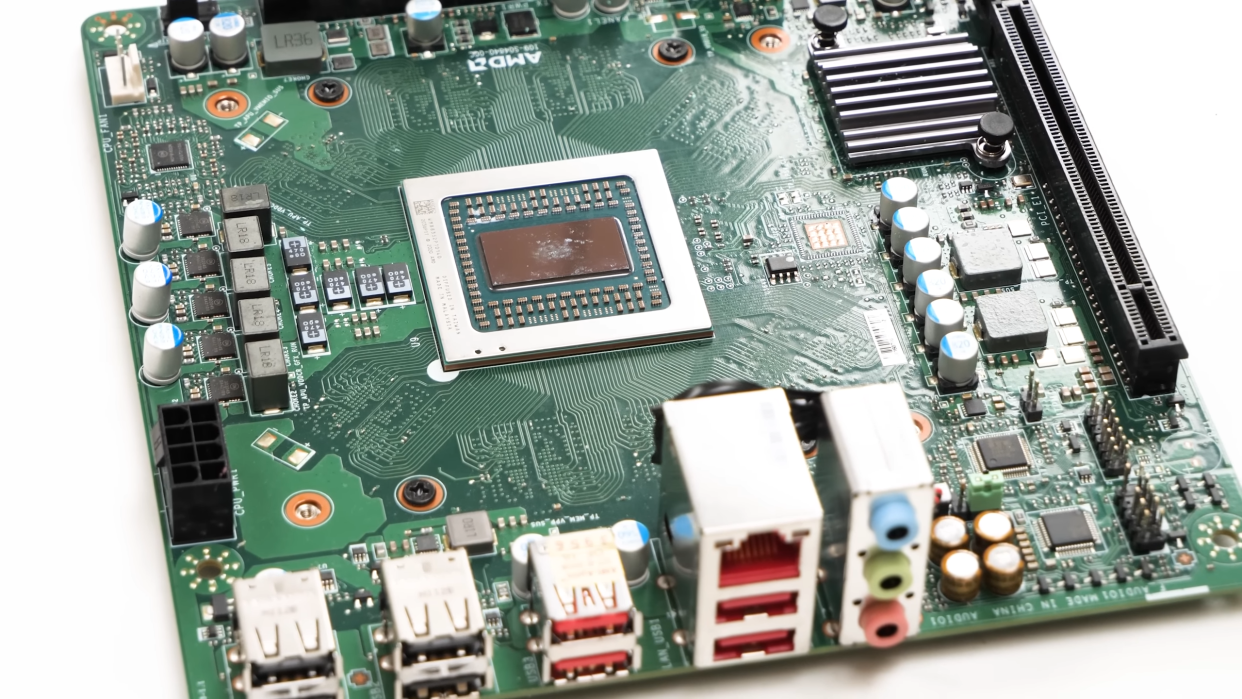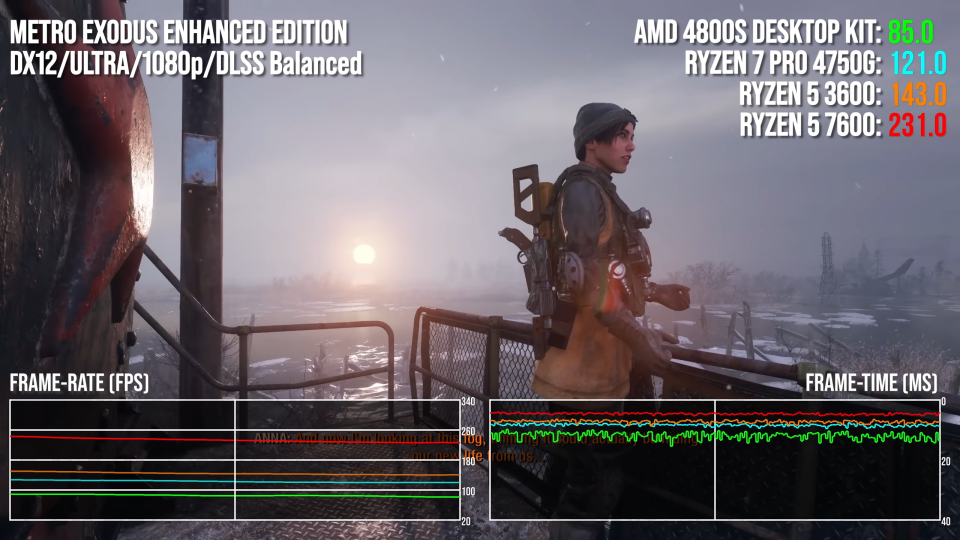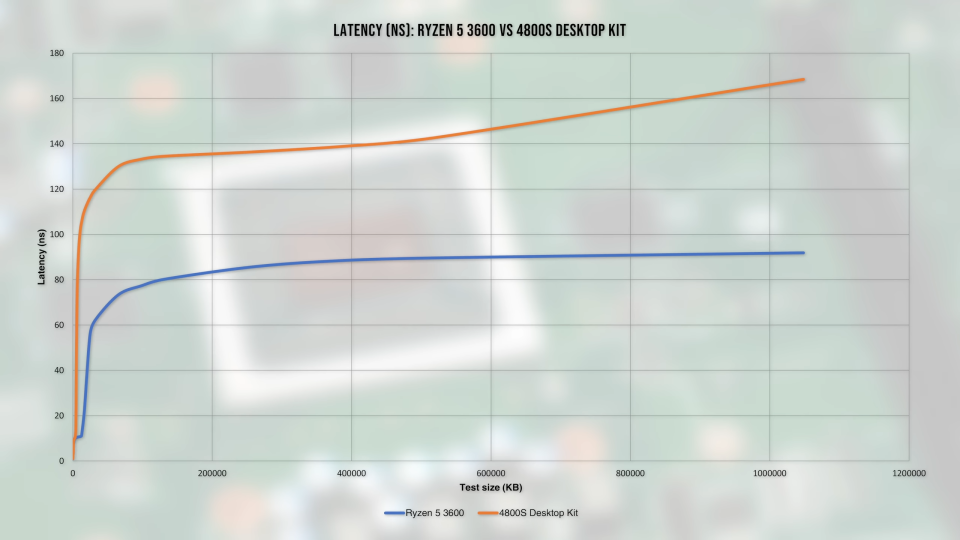AMD 4800S Xbox Chip Shows Perils of Pairing CPUs with GDDR6

Digital Foundry tested an Xbox Series X-inspired AMD 4800S desktop kit to see how it would fare against some of AMD's standard desktop Ryzen processors in gaming tasks. This kit is unique because it integrates an Xbox Series X SoC and GDDR6 memory. Despite its gaming-focused nature, the console CPU did not fare well and was constantly outperformed by a Ryzen 5 3600, despite the additional memory bandwidth GDDR6 offers and the Xbox chip's two additional cores.
AMD developed the 4800S desktop kit to sell off Xbox Series X SoCs that lacked a functioning GPU. As a result, these kits feature no integrated graphics, leaving the CPU as the only working part of the chip. The kit comes in a micro-ATX form factor, featuring a standard AM4 Wraith cooler and enough USB ports and PCIe slots to set up an average gaming PC.
This makes the 4800S an interesting candidate for testing since it can show us how AMD's latest console hardware performs in a like-for-like comparison against current PC hardware in PC games. The chip itself is your typical Zen 2 8-core, 16-thread design. However, what makes the CPU platform different from AMD's standard desktop solutions, is the integration of GDDR6 memory for the entire memory system and less cache compared to AMD's Zen 2 desktop CPUs. Digital Foundry did not say how much cache it has, but apparently, it has a similar cache capacity to AMD's Ryzen 7 4750G, which features 8MB of L3 cache.
Compared to the Xbox Series X hardware, the 4800S does vary slightly. The CPU turbo clock is higher, operating at up to 4GHz boost compared to 3.6GHz on Microsoft's console, and features full access to all eight cores, which is not the case with the Series consoles with one core reserved for OS functions. Additionally, the 4800S kit features less than half the GDDR6 ICs found on the Series X, with just four compared to ten. But with no integrated GPU active, there's no need to have all ten just for the CPU since all four ICs still provide 16GB of memory capacity. Sadly we have no idea if the memory bandwidth was also affected due to the IC changes, but Digital Foundry does not mention it, so we suspect it might be the same as the Series X.


Ironically, Digital Foundry's testing revealed that the Xbox Series chip inside the 4800S desktop kit is not as good of a gaming processor as one might think. The CPU failed to outperform similar CPUs with the Zen 2 architecture, including the Ryzen 5 3600 and Ryzen 7 Pro 4750G. The culprit was not the CPU itself, but the GDDR6 memory the CPU is attached to, which provides substantially better memory bandwidth than DDR4 memory but vastly inferior latency results.
Digital Foundry found that the latency disparity is so bad that the 4800S chip could not outperform any of its Zen 2 counterparts in Digital Foundry's testing suite, including Call of Duty: Black Ops: Cold War, Cyberpunk 2077, Crysis 3 Remastered, Ashes of the Singularity, Metro Exodus: Enhanced Edition, CS:GO, Far Cry 6, Hitman 3, and Microsoft Flight Simulator. There were also a few synthetic benchmarks, including memory testing.
Despite having a two-core advantage over the 3600, and a respectable 4GHz clock speed, the 8-core console chip could not outperform the 3600 or 4750G in most games tested. The closest it could come was matching the performance of the 4750G — which features less L3 cache than the 3600, but that was a best-case scenario, and it couldn't do it all the time.
This shows how cache and latency are crucial to boosting game performance on the CPU side and why GDDR6 is not used in conjunction with modern desktop CPUs. GDDR6 offers excellent memory bandwidth potential, but as Digital Foundry showed, it comes at the considerable cost of memory latency which is more important than bandwidth for gaming CPUs.

